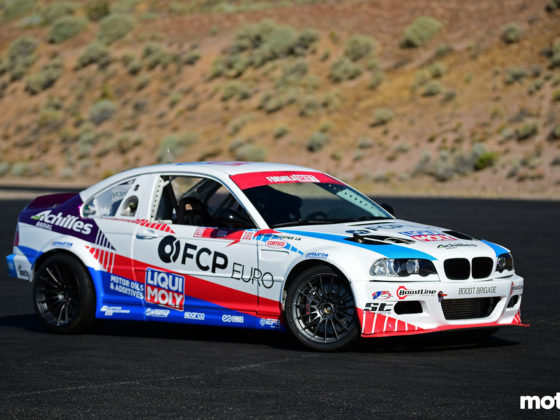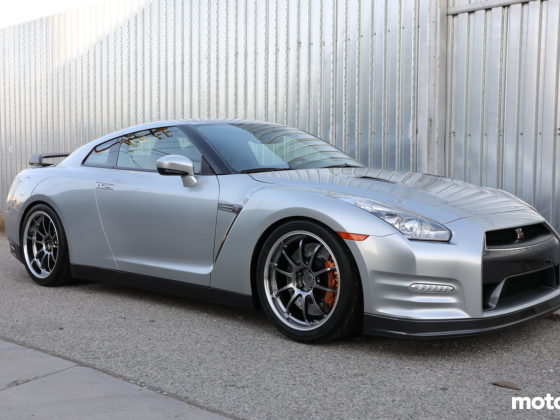A Longacre corner balance scale kit, used obviously, was posted on market place and Jeremy, in the right place and at the right time, purchased it. The batteries no longer work so it has to be plugged in, but otherwise it is in superb condition and was purchased at a fraction of the cost of a new unit. Even so, this was the most expensive piece of equipment in our DIY setup. To corner balance a car effectively you require scales and you really require coil overs. It is possible to move items around in your car to change the static weight (i.e., relocating your battery, removing items such as seats) but changing the static weight has obvious limitations. If you don’t have coil overs, then don’t invest in corner weight scales. Now, if you’re building your car from scratch and locating each piece in the ideal location, then scales are perfect. But if you’re doing that, you’ve probably also purchased some type of adjustable suspension.

Setting the corner weights is more complex than it sounds. Complex isn’t the correct term. Time Consuming. First of all you need to have the car full of liquids as you want to balance with the race weight. That means the driver also. This can be a bit complicated when you’re a one man shop. So I set about finding ballast that would be equal to my hefty stature – I ended up near my ideal race weight by placing a diverse group of the heaviest items found in my garage. That means I personally have some work to do. The Nissan NX GTi-R has old school Ground Control coil overs on custom shorted housings with Koni inserts. From the front seats back the interior has been significantly reduced but not fully stripped. Forward the full interior is still in place – with the addition (a few years ago) of power windows. Ages ago the battery was relocated to just behind the passenger’s seat. As the car has been corner balanced in the past, I found that it just needed some minor tweaking. The right rear coil over adjustment bolt was seized so it got a liberal spray with penetrating oil. Fortunately, the others were all very willing to be adjusted. The process is like this. Weigh the car and check the corner weights. Move the car off of the scales. Jack up the corner you want to adjust. Remove the wheel (if you’re lucky you won’t have to do this). Adjust the coil over – go up to remove weight from the corner and go down to increase weight in the corner. Put the wheel back on. Lower car. Bounce and roll the car a bit to settle the car. Roll back onto scale. Check the corner weights to see how successful you were. WRITE DOWN how many turns up or down you’ve done. Yes, you can remember that and it’s fine until you forget. So write it down. REPEAT. How many times you repeat is impossible to say. Eventually you will say this is it – and at that point your corner balance is complete. Tighten up the coil overs. Use a paint marker to mark them – which will make it easy for you to see if anything changes/loosens in the future. Without a hoist, you are going to be doing dozens of deep knee bends. Be ready for it.

Having wooden platforms meant that the car was up off of the ground when at rest and that made it easier to access. As some cars do not have functioning e-brakes, we build our platforms with built in chocks for the rear. When you are using the platforms and the scales together to check weights, then turn the platform with the chocks sideways and you can roll back and forth. But make sure you have a means of stopping the car from rolling too far!
 Building the platform to the same height as your scales is the way to do it. Turn it 45° to avoid the wheel chocks.
Building the platform to the same height as your scales is the way to do it. Turn it 45° to avoid the wheel chocks.
When Jeremy worked on his Honda’s corner balance and alignment with me watching, I suggested building some wood platforms that the car could be placed upon. That way the weight and stress wouldn’t be on the scales. Kyle had just been working on a new deck for his house so he provided cut offs that we used to build 1′ square platforms. These are solid enough to support a vehicle several times the weight of our race cars. As I’m the senior and largest member of this group, plus the one in charge of putting these platforms together, I made them slightly over 5 inches high. This gives some room to work under the car (did I already mention that I’d really like a hoist) to make the necessary adjustments. After I glued and screwed them together, I discovered that Jeremy’s thought was to have them the exact height of the weigh scales so the car could be rolled back and forth between the two during corner balancing. This way you could bounce and jostle the car on the wood platform to settle the suspension to ensure that the corner weights are accurate.




6 comments
Great write-up. As always Mr. Ewald, your articles are informative and entertaining. I do have a question regarding the digital camber/caster tool: Is there a way to zero the measurement? You can zero a scale with nothing on it (or zero it with an empty container on it). How do you ensure that the -3.25 degrees of negative camber as measured by the tool is actually -3.25 degrees?
Banfstc, thank you. I appreciate your kind words.
Great question about the Longacre unit. It is supposed to hold it’s zero, even when shut off. According to AES, running my car on the Mustang dyno was like running one of his drift client cars – it didn’t want to run nicely for him. So I’m pretty sure the -ve camber is there. More details about the Longacre calibration can be found here: http://www.longacreracing.com/instructions.aspx?item=42369&article=AccuLevel%E2%84%A2%20%20Pro%20Model%20Digital%20Level%20(ver.%205)
It also has a calibration procedure if you’re in doubt that zero is zero.
In other words, you have to believe! Another reason to select a good name like Longacre.
Thank you so much for this article. I read Erik’s article when it first came out and dreamed about something like that, but unfortunately, his set up is out of my price range. This on the other hand is right up my alley. Thanks
ERK, exactly. I can only dream about Erik’s setup; but I have this one!